The History of Women and Their Eyelashes
We've batted 'em since the beginning of time.
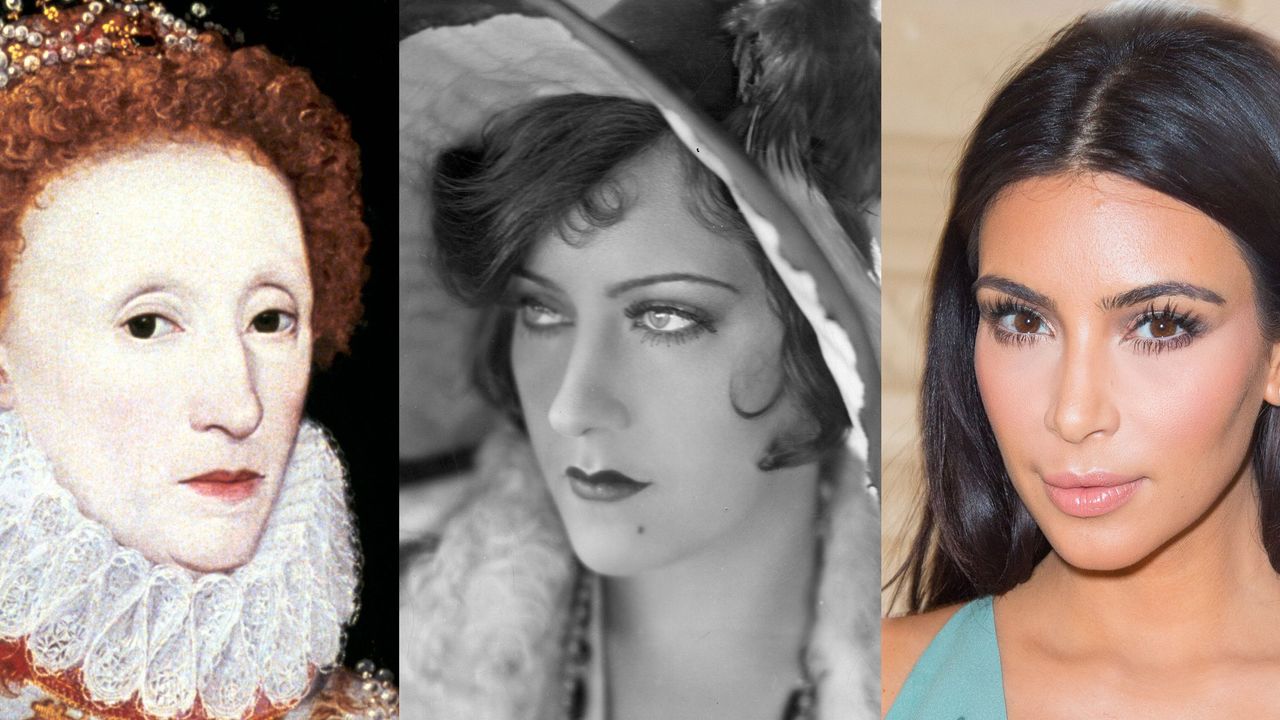
On the heels of a relatively groundbreaking study that found that 1) Eyelashes are always about one-third as long as the eye is wide and 2) This is the ideal length for diverting air flow to keep eyes from drying, our main takeaway is that they're just as consequential to our health as they are, ahem, important for our vanity.
To celebrate the role they've played in the latter for women since day one, we're looking back on how eyelash trends and treatments have evolved through the years. But be forewarned, they range from impressively crafty to just plain dangerous.
Ladies, if you've ever caught your man reaching for a mascara wand—fear not. In Ancient Egypt, men used to style their lashes just as often as women. They used kohl and ointments to darken the lashes, which also served as protection for their eyes from the sun's harmful rays. Not to be outdone, women also used malachite on their lashes as they believed it worked as an aphrodisiac. We'll stick to oysters, thank you.
In Rome, eyelashes that were long, thick, and curled were a sought-after beauty trait. Women used kohl and burnt cork to darken their eyelashes. Roman philosopher Pliny the Elder wrote that lashes fell out from excessive sex—yes, seriously—so women would also look after them to prove their chastity.
During Medieval Times, the forehead was considered to be the most beautiful and erotic feature of a woman's face. To further emphasize them, women often removed either most or all of their eyelashes and eyebrows. That's certainly a look.
When Queen Elizabeth took the throne, her reddish-golden hair was instantly en vogue and women dyed their eyelashes to match. However, this proved very dangerous, as certain toxic substances used resulted in hair loss. (Um, cute?) Since dyeing lashes wasn't a fully accepted custom in society, women would frequently do it in private, secretly using crushed berries and soot from fireplaces.
[image id='6fff673c-c216-47ac-b882-57f6e0f83d5f' mediaId='5d2ce142-5581-42a7-bf0a-2d9b7e971108' share='true' expand='true' loc='C'][/image]
Stay In The Know
Get exclusive access to fashion and beauty trends, hot-off-the-press celebrity news, and more.
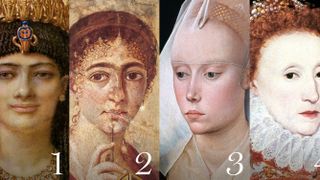
Mutnezemt, Ancient Egyptian queen of the 18th dynasty; Unknown woman from Ancient Rome; Unkown woman from the Middle Ages; Elizabeth I, Queen of England
It was during the Romantic era that cosmetics first came into use, although homemade substances and elixirs were still common. The first mascara was developed by Eugène Rimmel (yes, that Rimmel), a perfumer to Queen Victoria, and was primarily comprised of coal dust and Vaseline jelly. His invention caused quite a sensation.
Although alternatives were available, many women were still looking to household products to make their own formulas. It's said that in 1916, fake eyelashes were invented by American film director David W. Griffith to create a fluttering lash effect for silent film actresses. Even so, they didn't become popular until the '30s.
In 1917, a woman named Mabel Williams worked with a drug manufacturer to come up with "Lash-Brow-Ine," a formula made of petroleum jelly and oils to provide sheen. Eventually, their trademark became Maybelline and over the next decade, they became a household name.
While there's discrepancy over who exactly invented the eyelash curler, a 1931 patent claims it was William McDonell who called it the Kurlash. It wasn't too different from the curling wonders of today—made of stainless steel and modeled after scissors. They become very popular as they curled the lashes within seconds and were relatively inexpensive. In 1933, the term mascara came into play and Maybelline designed a 10-cent package sold in drugstores.
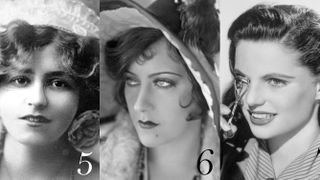
Actress Gabrielle Ray, late 1800s; Gloria Swanson, 1923; Geraldine Brooks, 1940
At the time, makeup was all about emphasizing the peepers—and painting cat eyes on the upper lashline, with fanned-out lashes to match, was a trend. In the early '40s, waterproof mascara formulas were introduced and became very popular. In 1958, Revlon introduced the first mascara package in a tube with a spiral-tip wand.
In 1960, Revlon invented the first colored formula with its "Brush on Mascara," which came in hues like mauve and dark green. At the time, full, dramatic, and slightly-spidery lashes were in and more attention was given to the lower lashes than ever. Women also opted for painted, brush-stroke lashes à la Twiggy. It was in 1971 that cult-favorite Maybelline Great Lash, a water-based mascara, hit the market. It's one of our favorites to this day.
In 1988, Max Factor created No Color Mascara, a clear formula that boasted a smudge-proof finish. Madonna was also at the height of popularity, making full, fan-like eyelashes all the more coveted. In the more-is-more late '80s and early '90s, colored mascara also experienced a revival in Rainbow Brite hues. In fact, women used "hair mascara" to paint rainbow streaks in their hair.
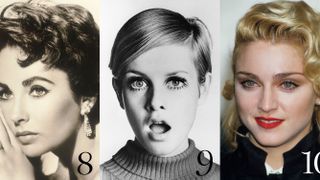
Elizabeth Taylor, 1950; Twiggy, 1967; Madonna, 1986
Yes, the bigger, the better—but still, the beauty of lashes today is that they can be whatever kind you want them to be. There's all sort of technology at your finger tips, from lash hair extensions to faux fur falsies (a J. Lo signature), as well as a million different mascaras, in every shade under the sun, with wands that will curve, vibrate, taper, or comb to your heart's desire.
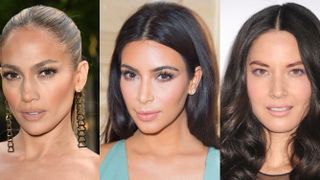
Jennifer Lopez, Kim Kardashian, and Olivia Munn all in 2014.
You should also check out:
Game Over: I Found Literally the Best Mascara Ever
The History of Women and Their Eyebrows
Lauren Valenti is Vogue’s former senior beauty editor. Her work has also appeared on ELLE.com, MarieClaire.com, and in In Style. She graduated with a liberal arts degree from Eugene Lang College, The New School for Liberal Arts, with a concentration on Culture and Media Studies and a minor in Journalism.
-
 Jennifer Lopez Dips Her Fingers Into a Rising Manicure Trend
Jennifer Lopez Dips Her Fingers Into a Rising Manicure TrendIt's the perfect shade for solo V-Day plans.
By Hanna Lustig Published
-
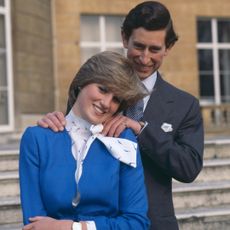 Prince Charles Sent Princess Diana an Unexpectedly Touching Letter Before Their Wedding
Prince Charles Sent Princess Diana an Unexpectedly Touching Letter Before Their WeddingThe late royal shared the details of his intimate card and personalized gift.
By Kristin Contino Published
-
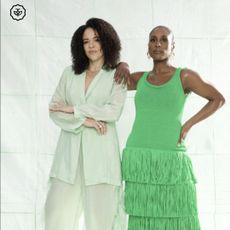 I'm Copying Issa Rae's View on Gray Hair Immediately
I'm Copying Issa Rae's View on Gray Hair ImmediatelyHer approach to aging is such a breath of fresh air.
By Ariel Baker Published
-
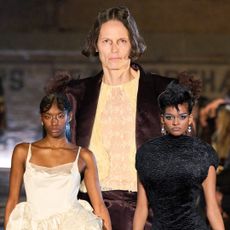 New York Fashion Week’s Fall/Winter 2025 Best Beauty Moments Are a Lesson in Juxtaposition
New York Fashion Week’s Fall/Winter 2025 Best Beauty Moments Are a Lesson in JuxtapositionThe week's best beauty looks were a maximalism master class.
By Ariel Baker Published
-
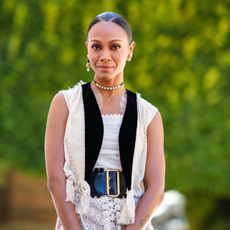 Zoe Saldaña’s Red Nails and New Ombré Hair Match Her $3,495 Shoes
Zoe Saldaña’s Red Nails and New Ombré Hair Match Her $3,495 ShoesThe actor is a master of the monochromatic look.
By Ariel Baker Published
-
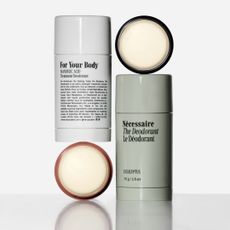 Nécessaire's Extra-Strength Deodorant Outlasts an Editor's Sweatiest Test: Fashion Week
Nécessaire's Extra-Strength Deodorant Outlasts an Editor's Sweatiest Test: Fashion WeekEven with my hectic schedule, I've never smelled better.
By Halie LeSavage Published
-
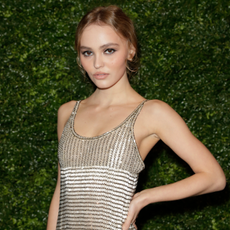 Lily-Rose Depp’s Cool-Toned Makeup Is So ‘90s Coded
Lily-Rose Depp’s Cool-Toned Makeup Is So ‘90s CodedClean girl meets grunge.
By Ariel Baker Published
-
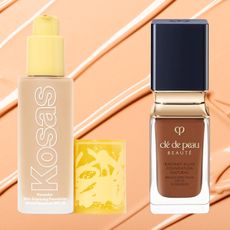 The 13 Best Foundations for Mature Skin, Tested by Women Over 50
The 13 Best Foundations for Mature Skin, Tested by Women Over 50It's perfect for mature complexions.
By Siena Gagliano Published
-
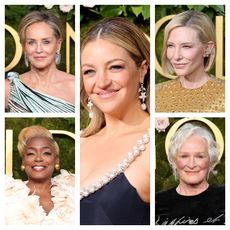 Gray Hair Was the Hottest Accessory at the 2025 Golden Globes
Gray Hair Was the Hottest Accessory at the 2025 Golden GlobesGray hair is chic, period.
By Hannah Baxter Published
-
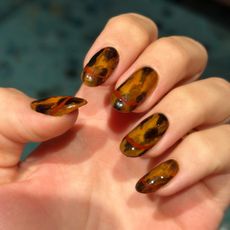 25 Brown Nail Designs To Instantly Elevate Winter's Hottest Polish Trend
25 Brown Nail Designs To Instantly Elevate Winter's Hottest Polish TrendLuxury at your fingertips.
By Emma Aerin Becker Published
-
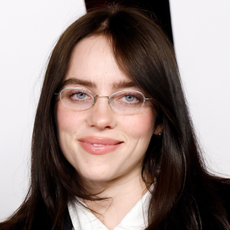 Billie EIlish’s Makeup Routine Is Surprisingly Wearable and Lasts for Hours
Billie EIlish’s Makeup Routine Is Surprisingly Wearable and Lasts for HoursHer makeup routine is full of drugstore staples.
By Ariel Baker Published